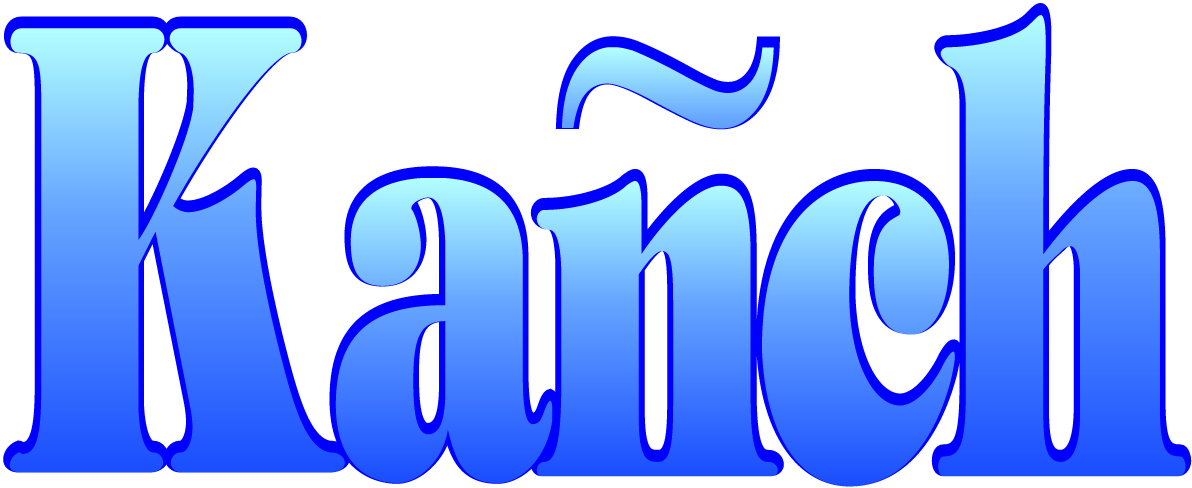FAQs- Frequently Asked Questions
Do you have a question... send it to us and we will post it!
Art Glass:
High end handcrafted glass. Art glass was made in every glass generation
Blown Glass:
Glass blown by a glass blower-may be blown freely or into a mold
Carnival:
Pressed glass with an iridescent finish made from around 1905 to about 1930. Reproductions made from earlier patterns are called "new carnival." Newer glass that are not reproductions are called iridescent.
Clear Glass:
Glass that is transparent
Curved Glass:
Glass that has been specially formed to fit into a circular floor plan
Cut Glass:
Glass whose pattern is made by actually cutting the glass after it has been made into a vessel. Fancy cut glass made in the US between the 1880's through around 1917 is known as being from the American Brilliant Period, abbreviated APB.
Cut-to-Clear:
Glass that is clear and then layered with another color, most commonly red or blue. Designs are then cut into the glass to show the clear base. Designs often include deer and castles
Depression Glass:
American glass made inexpensively during the Depression years, often given out as premiums at places such as movie theaters. Most common colors: pink, green with a slight yellow tone (not emerald green), amber and clear. Manufacturers include Hocking, Hazel Atlas, Federal, McKee, and Jeannette.
Early American Pressed Glass (EAPG):
Pressed glass made from around 1850 to around 1910. Most common color is clear. Manufacturers include Boston & Sandwich; U.S. Glass; Hobbs, Brockunier; Bryce and Gillinder
Elegant Glass:
Glass made by higher end manufacturers during the Depression years into the 1960's. Manufacturers include Fostoria, Heisey, Tiffin and Paden City
Etched Glass:
Glass that has a design cut into its surface, usually by an acid treatment
Etched vs. Cut:
Those pretty floral decorations on stemware can be cut, usually using a wheel, or etched. The pretty ones with a simple flower and leaf decorations that look whitish are cut. If they are highly polished so they are as clear as the glass they are on, they are called rock crystal cutting. The fancy ornate designs with lots of detail are acid etched. A cutting is never referred to as etched
Fleabite:
Tiny fairly round little nick no larger than the size of a pencil point. More accurately described as a pinpoint nick
Goofus:
Pressed glass that was painted with a gold base and then either red or green on top. Given as prizes at carnivals, this glass was cheaply made. As a result, it is difficult to find goofus in excellent condition
Kitchen Glassware:
Utilitarian glass such as measuring cups, mixing bowls, reamers, etc...
Laminated Glass:
Glass that has been made by uniting layers of glass with plastic film in order to increase the strength of the glass so the glass meets safety glazing requirements
Mid-Century Glass:
Glass made in the 50's and 60's. American manufacturers include Kanawah, Viking, and Blenko, as well as many of the Depression glass companies that remained in business such as Jeannette, Anchor Hocking and Federal
Obscure glass:
Glass that lets light through,but is not totally transparent
Opalescent:
Glass with a misty white decoration that appears colorful or fiery when held to the light
Pattern Glass:
Usually used to describe pressed glass from the 1850's - 1910, especially American glass. Also abbreviated EAPG - Early American Pattern Glass
Patterned Glass:
Glass that has a repeating shape embedded in the glass
Pontil Mark:
The place where the glass left the glass maker's rod. If left unfinished it is called a rough pontil. If smoothed out, it is called a polished pontil. When people first hear this word spoken out loud, they sometimes think the speaker is saying "ponytail mark."
Pressed Glass:
Glass made in a mold
Reflective Glass:
Glass that bounces back at least some of the light that strikes it. This kind of glass is commonly called a one way mirror
Silk-screened Glass:
Glass that has graphic images painted on the surface to give the illusion of etched,textured or patterned glass
Tempered Glass:
Glass that has been strengthened by a process of gradually heating and cooling. Once a piece of glass has been tempered it cannot be cut. If it breaks,it breaks into many small pieces. By code,all glass shower doors and enclosures must use tempered or laminated glass
Textured Glass:
glass that has been made with a texture on its surface that creates a translucent effect. This is the same concept as patterned glass
Tinted Glass:
Glass that has a permanent color running through it
Vaseline:
This term is used differently in different geographic locations. Most vaseline collectors use it to mean yellow-green glass which glows bright emerald green when exposed to black light
Do you have a question... send it to us and we will post it!
Thanks for the input.
AIGMF Secretariat
President's Message
The Federation
Zonal Associations
Executive Committee
Office Bearers
Co-opted Members
Past Presidents
Partners
Somany Conference Hall
Glass Awards
List of Holidays - 2024
List of our Members
Become a Member
Events
Future Events
Past Events
Benefits of Glass Packaging
Contact Us
Office Address
Query Form






